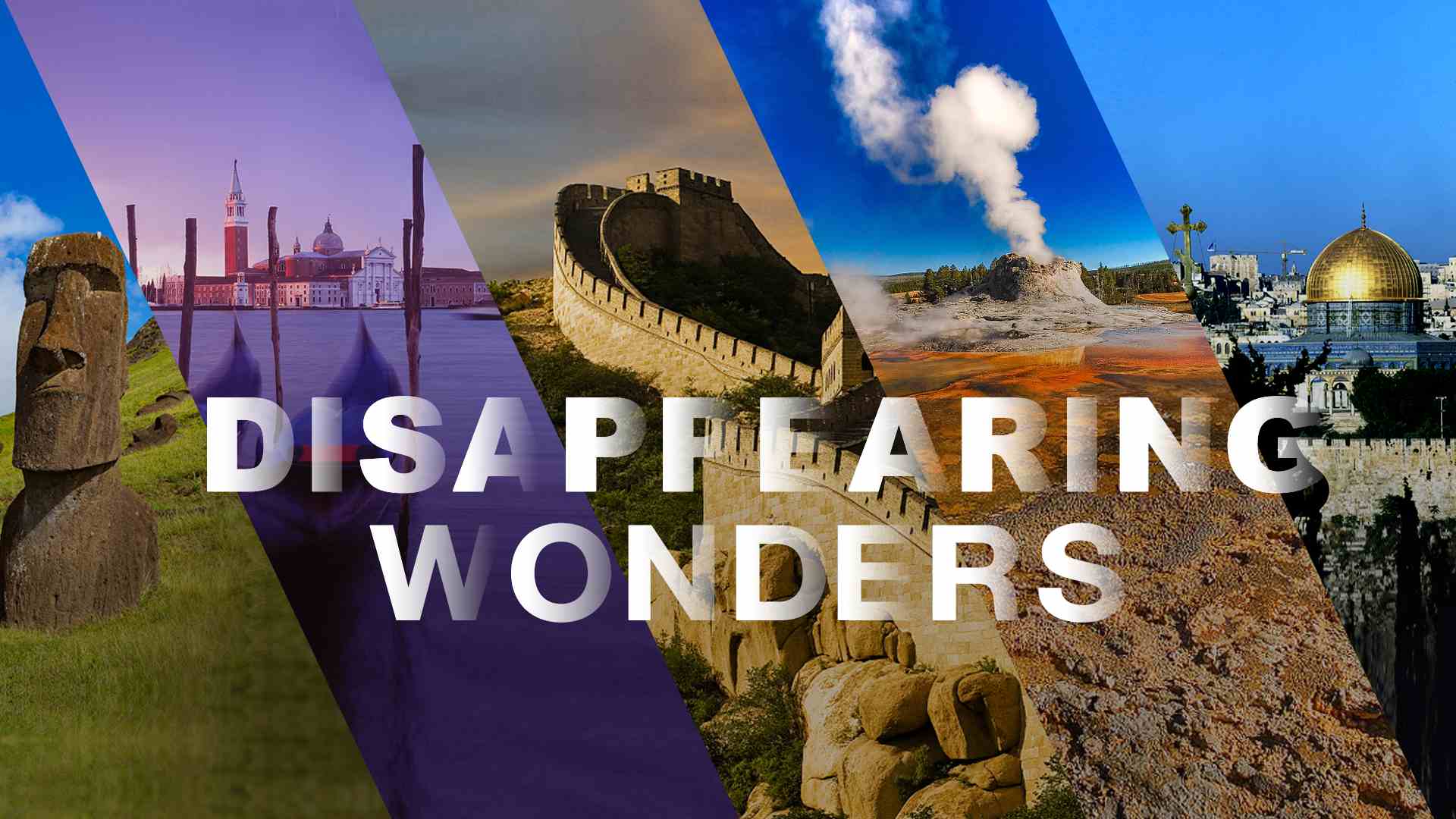Isn't it sad that some of the world most renowned tourist sites may disappear? Due to global warming, pollution, climate change and human activities, it's going to happen - in fact it's happening, fast. So, pack your backpack and see these wonders before it is too late.
The Great Wall, China
Stretching over 21,000 kilometers, the Great Wall was built to prevent invasions and has a history of more than 2,000 years. UNESCO calls it "an absolute masterpiece", not only "because of the ambitious character of the undertaking but also the perfection of its construction."

The Great Wall in China. /VCG Photo
The Great Wall in China. /VCG Photo
But perfection isn't protection. 51.2 percent of the Great Wall has either already disappeared or is at a significant risk of disappearing, according to a press conference held by the State Council Information Office in January 2019. Besides for wind and rain erosion, the main reasons for the destruction of the Great Wall are human factors such as tourism, construction, human contact and improper intervention.
Easter Island, Chile
The Easter Island, located in the southeastern Pacific Ocean, is most famous for having over 1,000 Moai statues, which were built by the Rapa Nui people after they arrived on Easter Island around 1200 AD.
In the last few years, ocean waves have risen and begun reaching dozens of Moai statues. Scientists from the UN have warned that the icons could be engulfed as the sea level is predicted to rise at least by 1.8 meters by 2100 as a result of climate change.
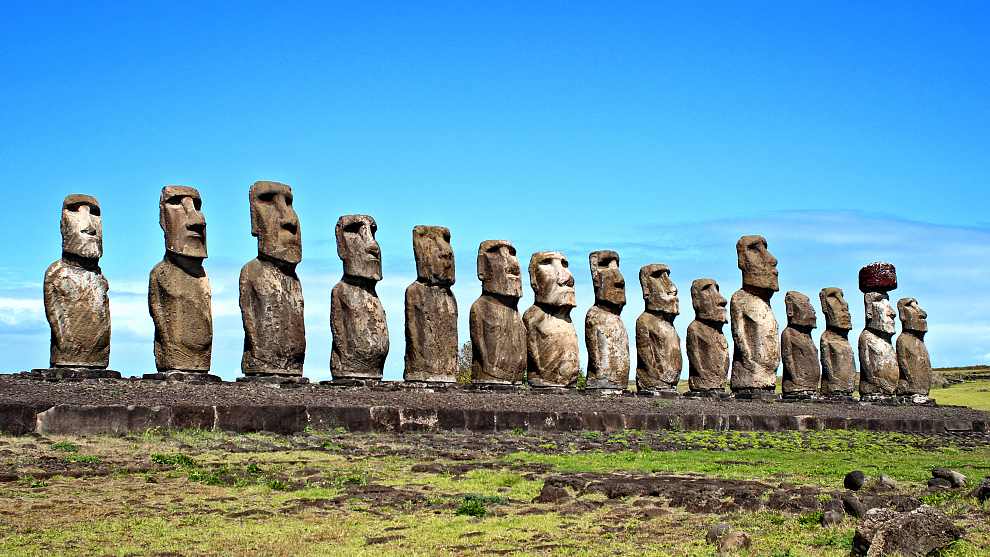
The Moai statues on Easter Island, Chile. /VCG Photo
The Moai statues on Easter Island, Chile. /VCG Photo
Yellowstone National Park, U.S.
As the world's first national park, the Yellowstone National Park is known for its wildlife and its many geothermal features. But due to global warming, there is less snow and rainfall, shrinking lakes and drying out wetlands.
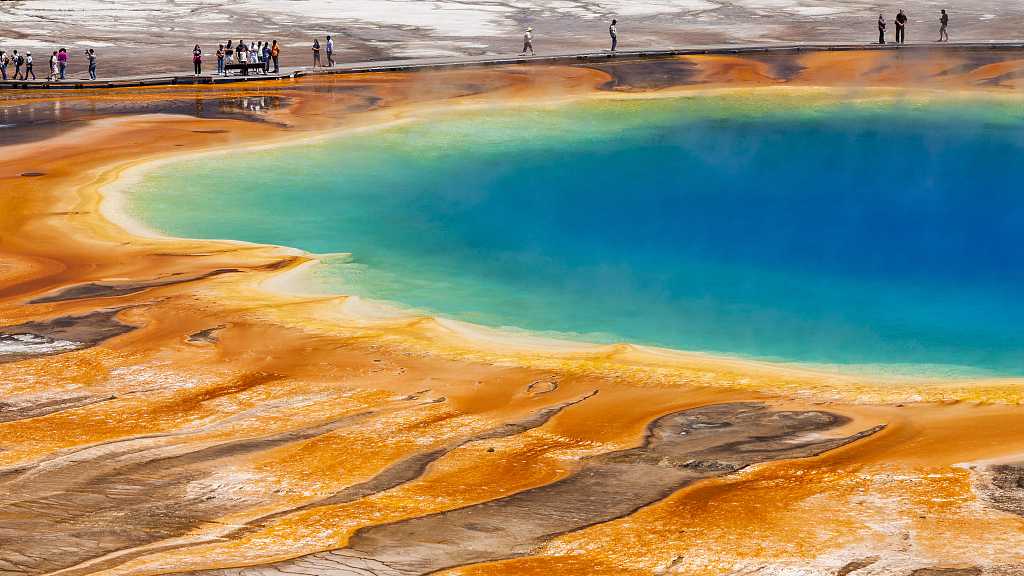
The Yellowstone National Park in the U.S. /VCG Photo
The Yellowstone National Park in the U.S. /VCG Photo
Venice, Italy
The “Floating City” may not float for much longer as experts have warned that Venice could sink in less than a century. As it was built on a muddy lagoon with inadequate foundations, Venice is also known to suffer from subsidence.
Since 1897, the sea level in Venice has risen by 30 centimeters, and the Mediterranean will rise by up to 1.4 meters before 2100, according to scientists from Italy and France.
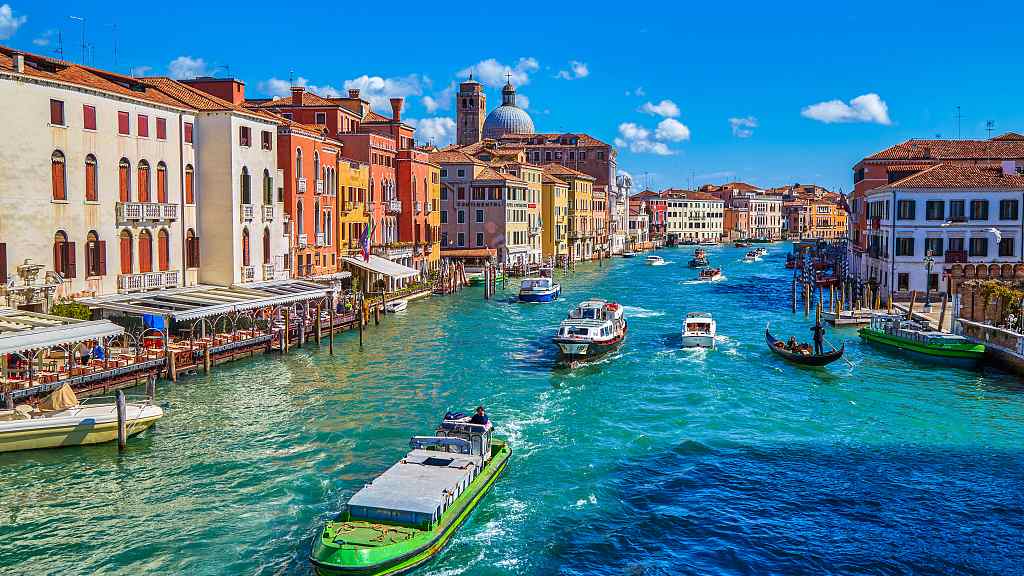
Boats and Gondolas on the Grand Canal in Venice, Italy. /VCG Photo
Boats and Gondolas on the Grand Canal in Venice, Italy. /VCG Photo
Old City of Jerusalem, Israel
Regarded as a holy city in Judaism, Christianity, and Islam, Jerusalem regularly receives record-breaking numbers of tourists who are on pilgrimages. That's a lot of pressure for a site already straining under a significant population and a lack of maintenance.
The Old City of Jerusalem, with 220 historic monuments, including the famous Dome of the Rock and Wailing Wall, has been on the UNESCO list of World Heritage in Danger list since 1982. UNESCO has warned that the Old City is in danger from accelerated deterioration, rapid urban or tourist development projects, armed conflict, serious fires, earthquakes, landslides and much more.
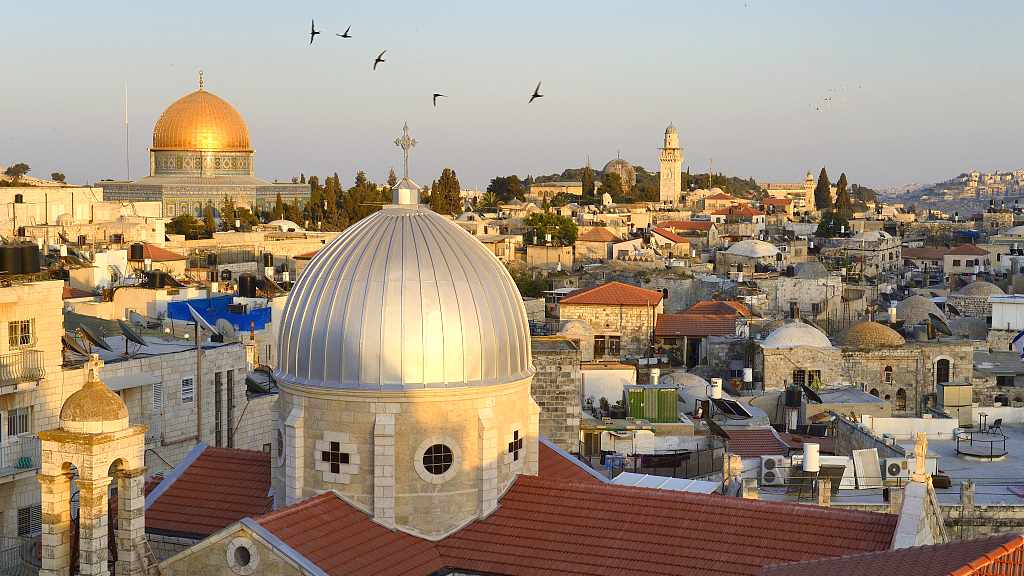
An aerial view of the Old City of Jerusalem. /VCG Photo
An aerial view of the Old City of Jerusalem. /VCG Photo
Pamukkale, Turkey
Pamukkale, which means “cotton castle” in Turkish, is famous for its gleaming white calcite terraces with warm and mineral-rich waters overrun. The terraces wind sideways down the 160 meter high mountain above the village.
Before being listed as a World Heritage Site in 1988, Pamukkale had been severely damaged by human activities. People filled used hot spring water to fill swimming pools, some visitors stood on the rocks with their shoes on, and some even bathed in the hot springs with soap and shampoo.
To protect the terraces, the Turkish government has decided to demolish the hotels and require all tourists had to visit this site barefoot, but it isn't enough to reverse the damage.
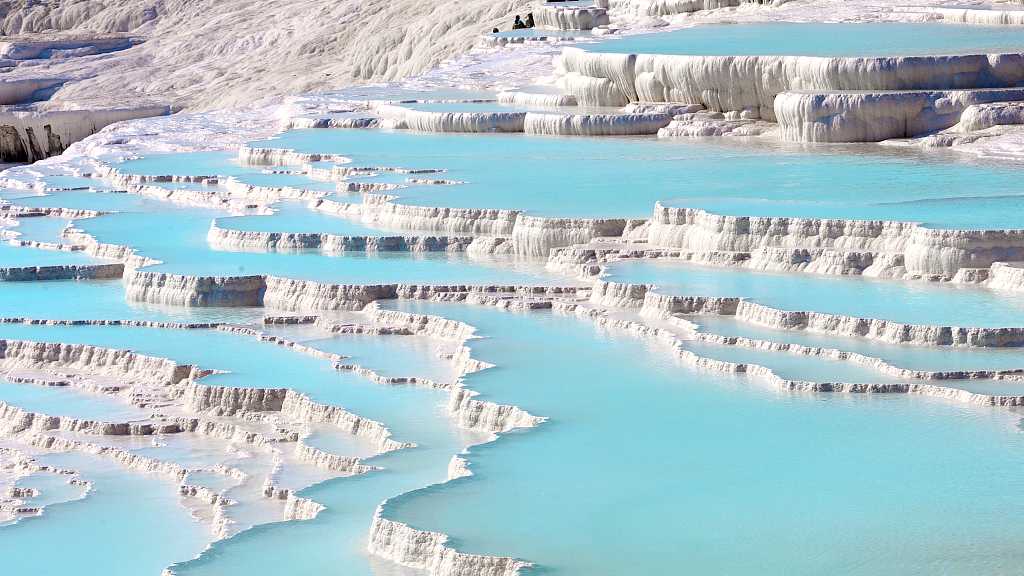
View of Pamukkale, Turkey. /VCG Photo
View of Pamukkale, Turkey. /VCG Photo
Great Barrier Reef, Australia
Home to 400 types of coral, 1,500 species of fish and 4,000 species of mollusk, the Great Barrier Reef draws visitors to Australia from all over the world. This legendary 1,200-mile ecosystem along Australia's Queensland coast is one of the world's most renowned wonders.
However, the Great Barrier Reef is expected to be "subjected to increasingly frequent bleaching events, cases in which corals turn white and may die," according to a UNESCO report. The heat waves caused by global warming have killed half of the coral here in only two years, according to a CNN report. Pollution from industrial developments and harmful fishing practices are also big concerns.
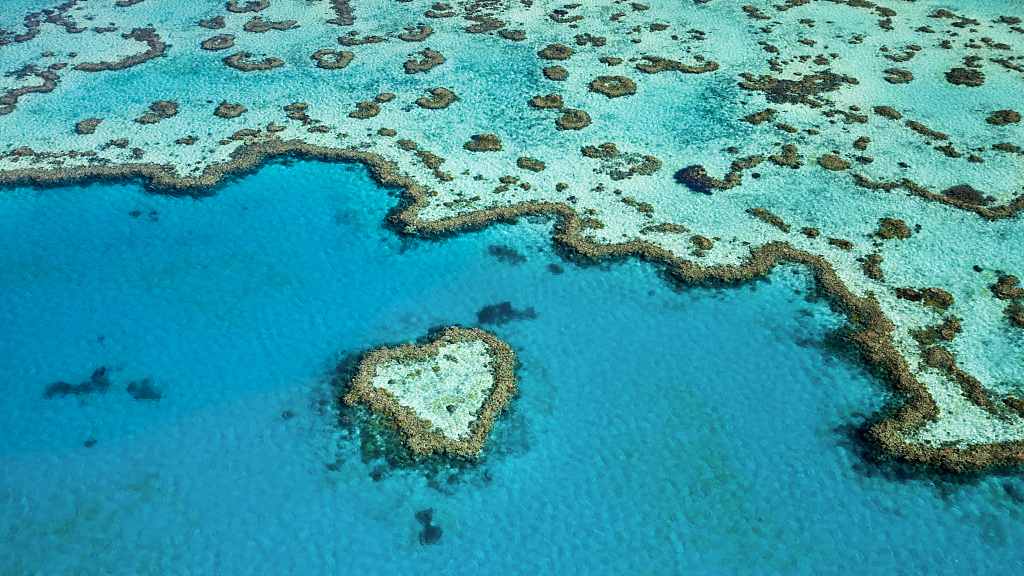
The Great Barrier Reef in Australia. /VCG Photo
The Great Barrier Reef in Australia. /VCG Photo
The Dead Sea, Jordan
At 423 meters below sea level, the Dead Sea is 10 times saltier than the ocean, meaning that the water is so dense, even tourists who can't swim will be able to float.
But the seaside resorts built in the 1980s now sit kilometers away from the water's edge, which has losing a third of its surface area in the past 40 years. The damage is irreversible due to the nature of the mineral industry and the type of agricultural use that has drained the water.

Tourists float in the Dead Sea, Jordan. /VCG Photo
Tourists float in the Dead Sea, Jordan. /VCG Photo
The Amazon Rainforest, South America
Home to millions of animals and plant species, the Amazon Rainforest is the world's largest tropical rainforest. Unfortunately, it is quickly disappearing due to illegal logging, drought, soil erosion, water contamination and general climate change. Roughly 5.4 million acres of the forest is cleared each year in Brazil alone.
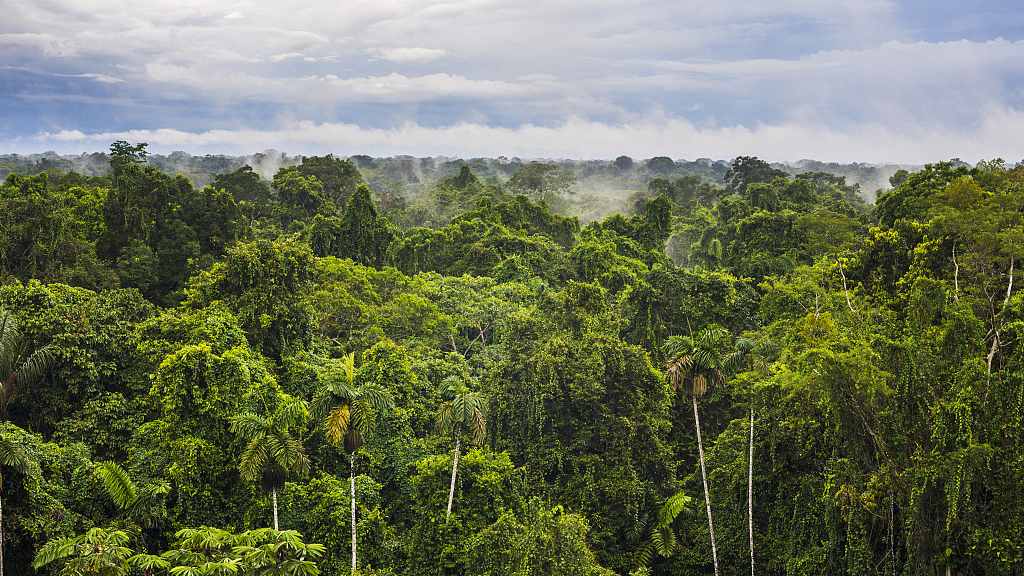
Amazon Rainforest at Sacha Lodge, Coca, Ecuador. /VCG Photo
Amazon Rainforest at Sacha Lodge, Coca, Ecuador. /VCG Photo
The Maldives
The Maldives, located in the Indian Ocean, is a tropical paradise with luxurious hotels that hover over crystal clear waters brimming with tropical fish - but this vision if bliss will soon be gone.
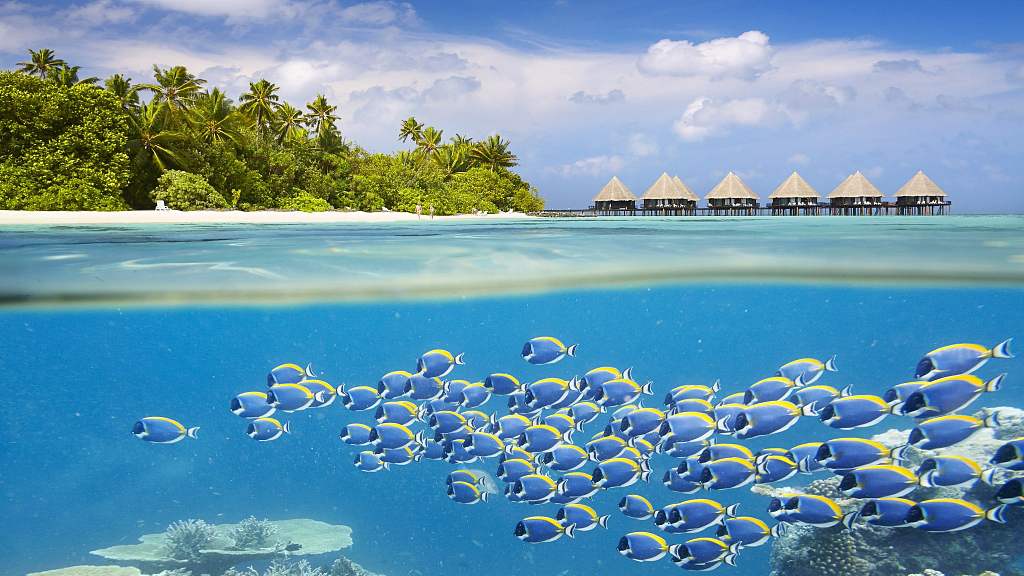
View of Maldives. /VCG Photo
View of Maldives. /VCG Photo
Some islands in the Maldives were erased from the map after the deadly tsunami in 2004. Even worse, over 80 percent of the islands sit no more than one meter above sea level, meaning it is the lowest country on Earth and therefore likely to disappear within decades due to rising sea levels.

